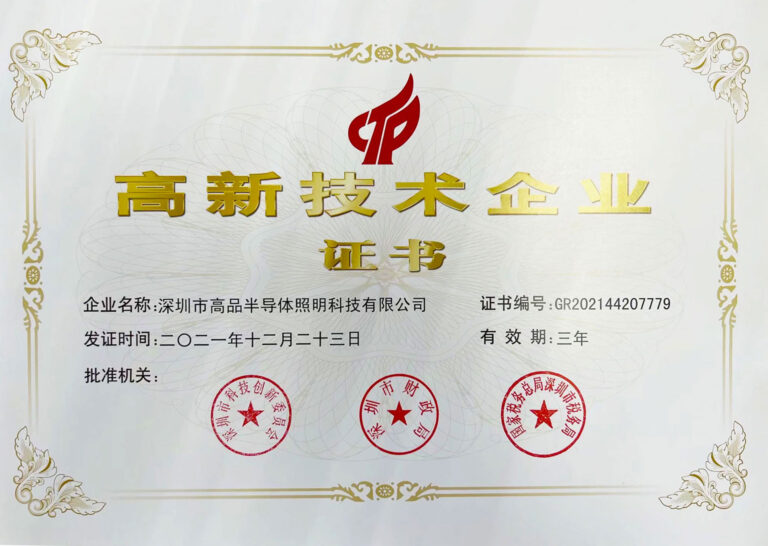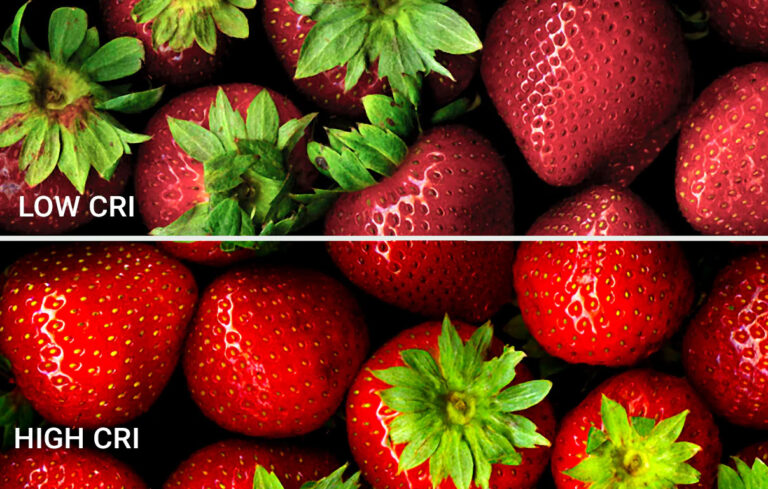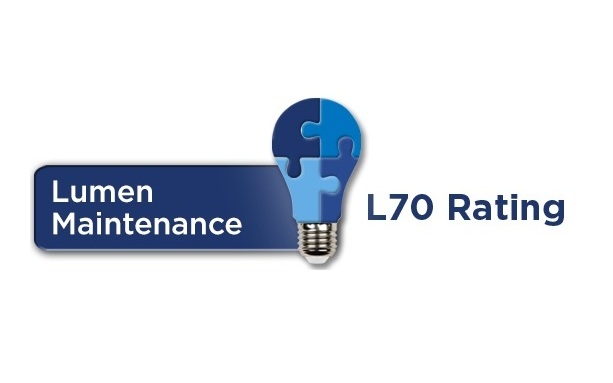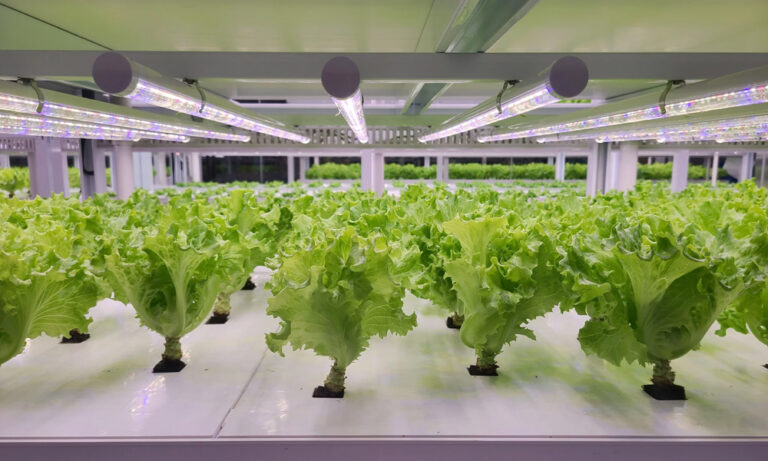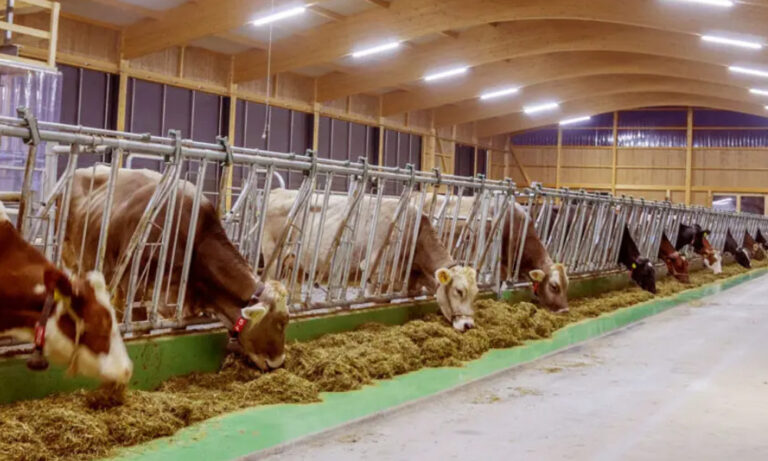In an era defined by rising energy demand, escalating electricity costs, and growing pressure on global power grids, improving energy efficiency has become an urgent priority.
In the early years of LED Lighting adoption, millions of households, factories, and public facilities upgraded from traditional lighting to first-generation LED products. These LEDs delivered major improvements in efficiency and lifespan, helping the world reduce electricity consumption and phase out energy-hungry incandescent and fluorescent lamps. However, many of those early LED fixtures are now approaching the end of their operational life.
This moment presents a valuable opportunity. Replacing aging, outdated LED fixtures with today’s high-brightness, high-efficiency LED lighting can deliver a second wave of energy savings—often far greater than what was achieved in the first transition.
Modern high-performance LED products: such as the advanced high-lumen series from GAOPIN LED High Bay Lights and LED Tube Lights offer 40–60% higher efficiency compared with conventional LED lamps. This means users can achieve brighter illumination while consuming significantly less power. At the same time, improvements in thermal management, chip design, and optical control allow these new LEDs to achieve much longer lifespans, reducing maintenance needs and cutting long-term operating costs.
The global context makes this upgrade even more meaningful. Countries are rapidly developing clean and renewable energy sources—solar power, offshore and onshore wind farms, and tidal or wave energy—to reduce dependence on fossil fuels and ease pressure on aging power grids. Yet even as renewable capacity grows, reducing energy consumption at the user level remains one of the most effective ways to lower overall demand and stabilize grid performance.
Upgrading to next-generation high-brightness LED lighting not only reduces electricity usage but also amplifies the benefits of clean energy. When buildings, transportation systems, and public infrastructure consume less power, renewable sources can support more applications and deliver more impact.
As the world enters a new phase of energy transition, the shift from early LED products to modern high-efficiency LED lighting represents a simple, practical, and highly cost-effective step toward a cleaner, more sustainable future.


